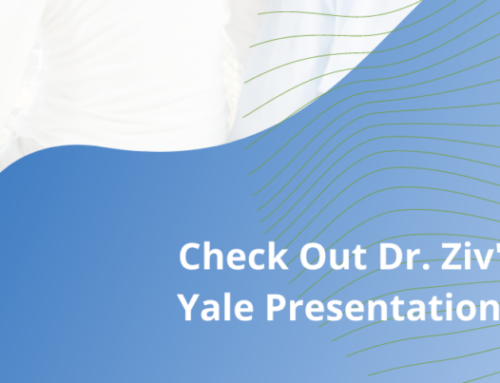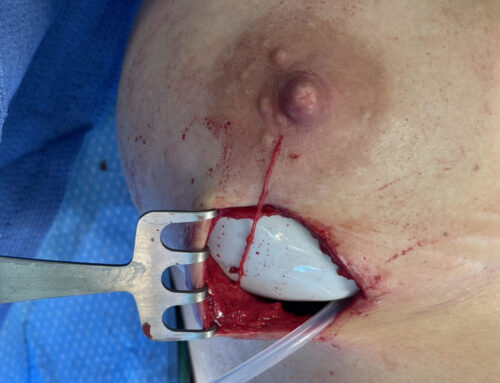Just this past week, several patients have asked about the tight muscles in their necks and upper backs. They have all wondered at some point whether it’s the tight muscles that are irritating the nerves, or the nerves that are irritating the muscles and causing them to spasm. In most cases, this question ends up being like the one about the chicken or the egg – in other words, difficult if not impossible to answer with certainty. I do, however, have several thoughts on the matter that I figured I would share, as I believe them to be relevant to peoples’ understanding of their condition.
First of all, spastic muscles irritating or compressing occipital nerves can certainly cause ON and an irritated nerve can certainly cause pain in the nuchal region, leading to both voluntary and involuntary guarding and spasm of neck muscles. These factors feed on one another and as the pain increases, the muscles often contract more, causing more irritation/compression and hence more pain which leads to greater contraction and so on. Second, in most patients, these processes have been happening for years, and it is often difficult to remember which factor precipitated the other.
None of this is to say that since we can’t always figure out “what started the ON”, that we therefore can’t do anything about it. For example, many of my patients have tried muscle relaxants as part of their medical regimens, often without success. In addition, my typical patient has not only tried and failed many different pharmacologic agents, but also many different non-operative treatment modalities. PT, massage, Active Release Techniques (ART) are just some examples of therapies that focus on the muscles and which are common components of patients’ past medical histories. The point is that if you’ve unsuccessfully tried to release, lengthen or relax your neck muscles in a number of different ways and still suffer from occipital neuralgia, then perhaps attempting to address another component of the ON symptom complex is also reasonable.
In these same people, I often find that a well-placed nerve block or blocks not only seems to relieve their pain, but several minutes after the block has really set in, they are able to move in ways they have not been able to in years. I use long-acting blocks and then have those same patients leave the office and engage in several provocative maneuvers to try and exacerbate their ON. Many of them find that those typical “triggers” now don’t bother them, and they remain relaxed until the blocks wear off. What do these results tell you? Among other things, they suggest that if the nerve, which has been chemically and temporarily “calmed”, can be treated permanently, perhaps the muscles that have relaxed temporarily with the blocks will also benefit secondarily and permanently. Moreover, they recommend that other distant muscles in other parts of the body may also benefit, as they no longer have to compensate for spastic and ineffective muscles in the neck. The take home message is that just because you can’t figure out which came first, the chicken or the egg, doesn’t mean that you can’t still treat the problem of occipital neuralgia effectively.
Find out more about treating your migraine symptoms by contacting us HERE.




